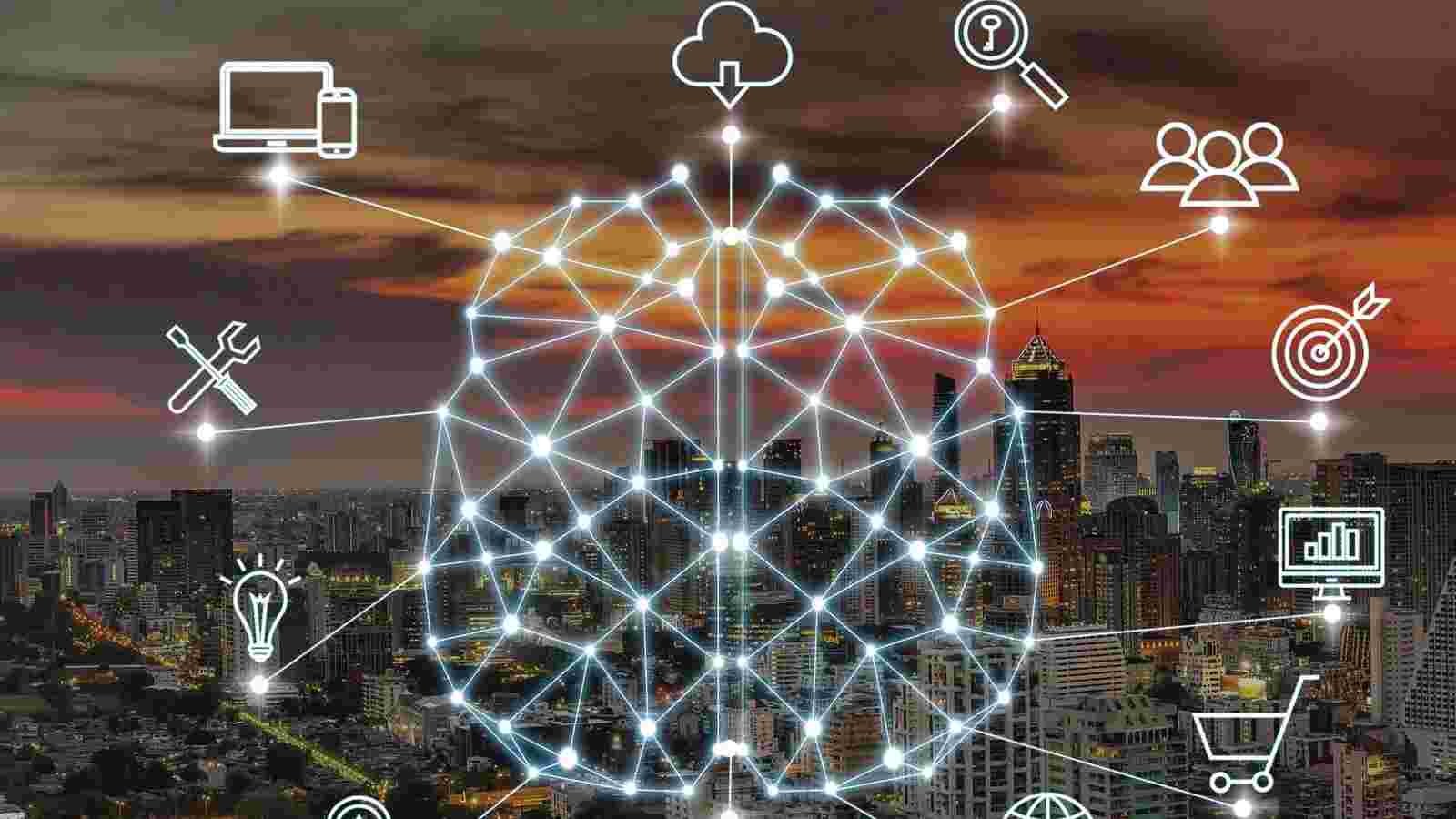The evolution of mobile communication has never been more rapid or more transformative. As 5G begins to redefine our digital infrastructure, research and development for 6G is already gaining momentum, promising an even more hyperconnected world. These next-generation systems will not only increase speed and capacity but also reshape industries, influence public policy, and introduce new societal considerations.
1. Introduction to 5G and 6G Systems
5G is already revolutionizing connectivity with ultra-low latency and high bandwidth, enabling technologies like autonomous vehicles and smart cities. Meanwhile, 6G is expected to provide data speeds 100 times faster than 5G, with network responsiveness nearing real-time. This leap will open the door to immersive technologies and digital services previously thought impossible.
2. Key Differences Between 5G and 6G
While 5G focuses on performance and bandwidth, 6G will build on these aspects by integrating artificial intelligence, advanced sensors, and terahertz spectrum communication. Unlike 5G, 6G aims to offer seamless integration of physical and digital environments through technologies such as holographic displays and tactile internet.
3. Impacts on Industry and Society
5G and 6G systems are set to redefine various industries—from manufacturing and transportation to education and healthcare. In medicine, real-time diagnostics and remote surgeries could become more precise. In manufacturing, smart factories will gain real-time optimization and predictive maintenance capabilities.
4. Security and Privacy Challenges
As the number of connected devices multiplies, so do the threats. 5G has already posed challenges in terms of data privacy and infrastructure vulnerability. With 6G expected to amplify device interconnectivity, cybersecurity frameworks must evolve rapidly to handle new threat landscapes and ensure secure, decentralized data handling.
5. Global Race for 6G Dominance
Nations and tech companies are competing fiercely to lead the 6G revolution. Governments are funding research initiatives while telecom giants invest in early-stage development to gain a technological edge. The strategic importance of these networks places them at the center of global technological diplomacy.
6. Technological Innovations Driving the Shift
Several innovations are propelling the move to 6G. These include AI-powered network management, smart surfaces, quantum communication protocols, and integration with satellite-based internet systems. Such technologies will enhance coverage, especially in remote and underserved regions.
7. Environmental and Ethical Considerations
The deployment of 5G and 6G systems brings both opportunities and responsibilities. Energy consumption, digital equity, and ethical data usage are major concerns. Future networks must be designed with sustainability in mind, ensuring that innovation does not come at the cost of the environment or public welfare.
For More Info: https://bi-journal.com/future-of-5g-and-6g-networks/
Conclusion



